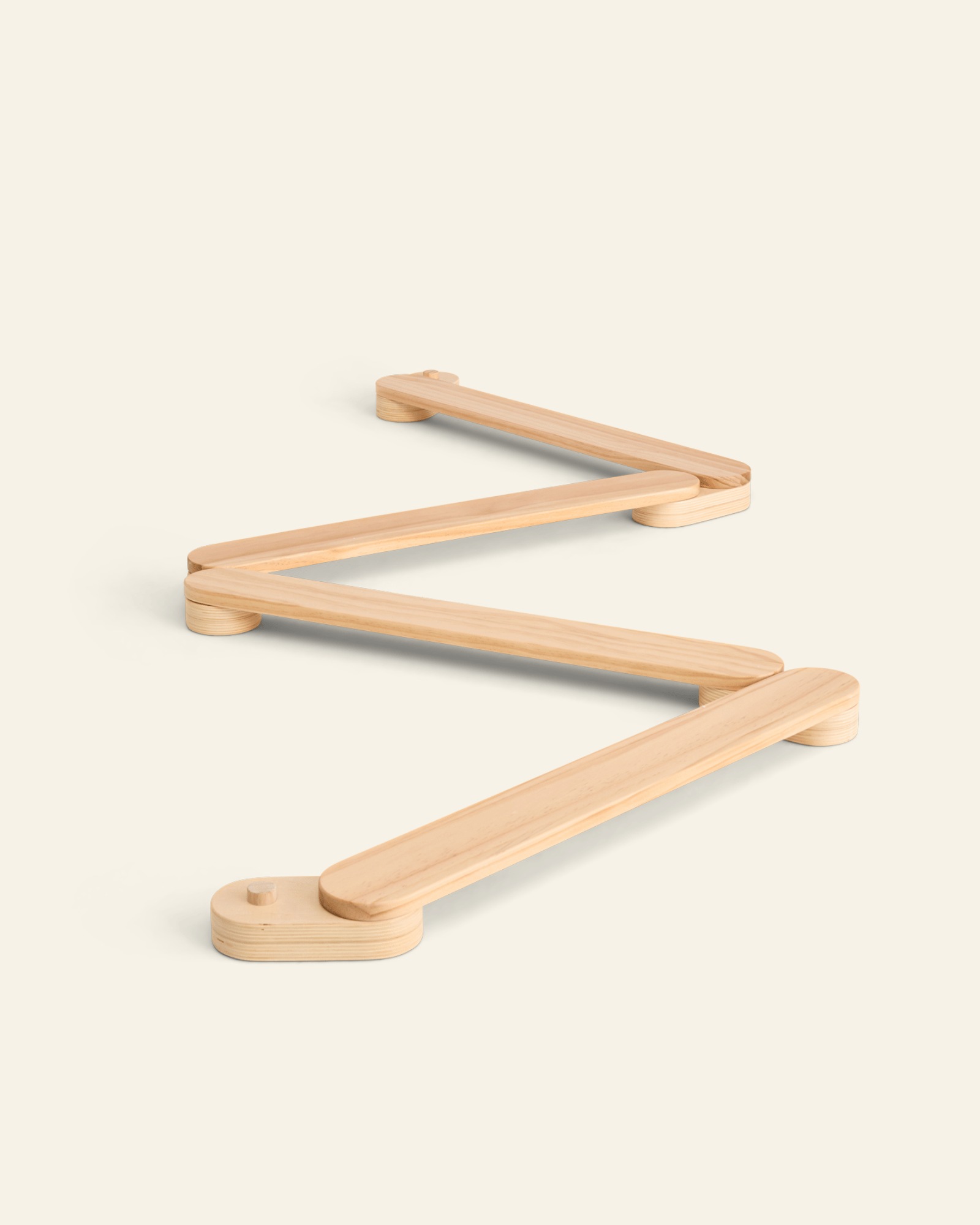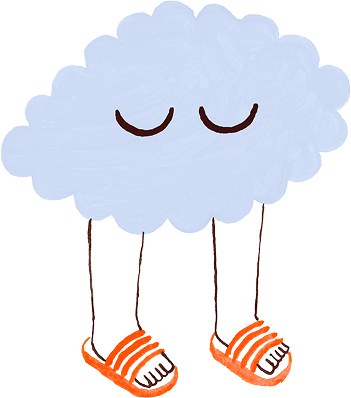As your child balances while walking on a log, you suppress an urge to step in. While thrilling and exciting for your child, risky play can make even the calmest parents nervous. Yet, activities like climbing trees and using dangerous tools are essential for children.
As a mother of three, at times, I have struggled to let my children enjoy risky play. However, my background as a Montessori teacher has taught me to watch my children before stepping in. Additionally, the research on risky play is clear. So, I do my best to allow my children to take reasonable risks.
What is risky play and why is it so important? Read on to learn the benefits your child can enjoy through risky play.
Definition of Risky Play
Risky play is play during which children experience an element of danger or the chance for injury. Some common examples of play activities that include risk are:
- Heights: Climbing on playgrounds, Pikler triangle set, climbing a tree
- Speed: Riding a bicycle down a hill, swinging
- Tools: Cutting with a knife, using garden tools
- Elements: Swimming or playing near water, being in the presence of fire
- The Chance of Getting Lost: Going to/from school independently, playing in the woods
- Rough and Tumble Play: Rough housing or play fighting
These types of unstructured or free play experiences may sound dangerous. However, it's important to remember that children learn through risk-taking.
The Play Safety Forum says, "Children would never learn to walk, climb stairs or ride a bicycle unless they were strongly motivated to respond to challenges involving a risk of injury."
Research also shows that children have fewer opportunities for risky play today than they did in years past. Specifically, in England in 1971, 86% of children walked to school without an adult. By 2010, that number had dropped to just 25% of children walking to school unsupervised.
Furthermore, 35% fewer 7 to 11-year-old children play outside on the streets in 2009 than in the 1970s. This means that children are missing out on important experiences for development.

How to Safely Enjoy Risk Play with Your Child
Parents can ensure their children engage in free play and risky play safely. Introducing your child to risk in appropriate amounts can help them handle bigger risks later.
Risky play in early childhood can be simple to achieve. For example, when your child is a toddler, this might be as simple as playing on or near stairs or climbing a Pikler triangle. Another idea is to invite your child into the kitchen to help cook.
As your child grows older, they can try more advanced risky play. Some examples of activities for older children include climbing trees, cooking at the stove, or sewing. You may also consider allowing your child to run errands within a few blocks of your house.
Risk play in early childhood is essential. Many people want to avoid risk for their children because they don't want to put them in danger.
Yet, experts say that there is an alternative. Instead of eliminating free play, studies suggest that adults can distinguish "between appropriate well-managed risk and danger or hazards." In other words, you can choose risks that are appropriate for your child's age and skills.
Build Your Child's Observation Skills
Another way to enjoy risky play safely is to help your child notice danger. The goal is for your child to learn to assess risk and decide what they can handle.
You can help your child notice potentially dangerous elements in their surroundings. For example, if your child is playing in the woods, you might notice a slippery rock or a rotten log.
You can point out what you see by saying, "That rock looks wet and slippery!" Or, you might say, "That log looks soft and rotten. If you step on it, it might fall apart."
This approach is ideal. If you say "Be careful!" or "Watch out!" you don't give your child the helpful information they need to make a decision. Instead, you alarm your child without providing direction. It can take some practice to get used to providing helpful observations.
Wait Before Intervening
As Montessori said, it's important to observe the child's behavior before interrupting. One step parents can take is to try waiting before stepping in.
When my five-year-old bikes downhill, I constantly bite my tongue so that I don't tell him what to do. My rule is to wait 30 seconds to calm my own anxieties. Also, I remind myself that he knows how to brake and has successfully navigated the hill before.
5 Benefits of Risky Play
Risky play offers many key benefits for your child. From better physical health to cognitive development, free play helps your child grow. Here are several ways risky play can help your child's mental and physical development.
1. Physical Activity
Kids need about 60 minutes of physical activity every day. Free play encourages children of all ages to get up and be active. Especially for young children, exercise should happen through play.
Children want to jump, run, balance on balance beams, and climb. This comes naturally to children through risky play if we give them the chance.

2. Increased Self-Confidence
When children feel like we trust them in risky situations, they build confidence. As Professor Mariana Brussoni, who studies unstructured play, says, "Cognitively, it helps them overcome their fears, build their critical thinking skills, and become accustomed to coping independently with difficult situations." Research supports this idea. Children who participated in a 14-week risky play program boosted their confidence.
3. Improved Mental Health
Play that involves risk can also improve mental health. In particular, play that includes risks and challenges can reduce anxiety in kids.
Brussoni says that children with anxiety have a hard time facing uncertainty. However, risky play involves a lot of uncertainty. Children can become more comfortable with uncertainty through free play. Researchers discovered that children who take part in unstructured play have lower levels of stress and anxiety.
4. Problem-Solving Skills
In play environments with risks, children must problem-solve. When playing outside in the woods, children can learn to cross streams or identify the best trees to climb.
In other versions of risky play, children must also problem-solve. When using a knife, children need to be able to think through many steps. Children must plan what shape to cut the food and plan when to move the chopped fruit or vegetable to a bowl.
5. Better Friendships
Risky play gives children the opportunity to build stronger friendships. The Canadian Paediatric Society says that risky play can help children achieve a sense of belonging. During risky play with others, children must work together and help each other.

Is Risky Play Dangerous?
While risky play has an element of danger, it's not as dangerous as many adults believe it might be. One study showed that children would need to be engaged in risky play for 3 hours a day for 10 years before they'd need medical attention due to an injury. When children do hurt themselves during risky play, it's usually not serious.
Parents and caregivers can ensure risky play is safe by eliminating true hazards. For example, a broken slide at a playground is a hazard. This hazard can cause an injury, as the child might not notice the broken slide and fall off.
However, a playground with a high platform is a risk. Children can take care while on the platform and decide whether they want to jump down or use a sliding pole.
Will You Try Risky Play with Your Child?
Now that you know the benefits of risky play, it's time to give it a try! Although it's not always easy, parents can learn to provide opportunities for children to manage risks.
Sources:
2. What is the Relationship between Risky Outdoor Play and Health in Children? A Systematic Review
3. Early childhood educator perceptions of risky play in an outdoor loose parts intervention
4. Center for Disease Control and Prevention
5. Why Children Need Risk, Fear, and Excitement in Play
6. Risky-play at school. Facilitating risk perception and competence in young children
7. Child’s Play: Examining the Association Between Time Spent Playing and Child Mental Health


















Leave a comment
This site is protected by hCaptcha and the hCaptcha Privacy Policy and Terms of Service apply.